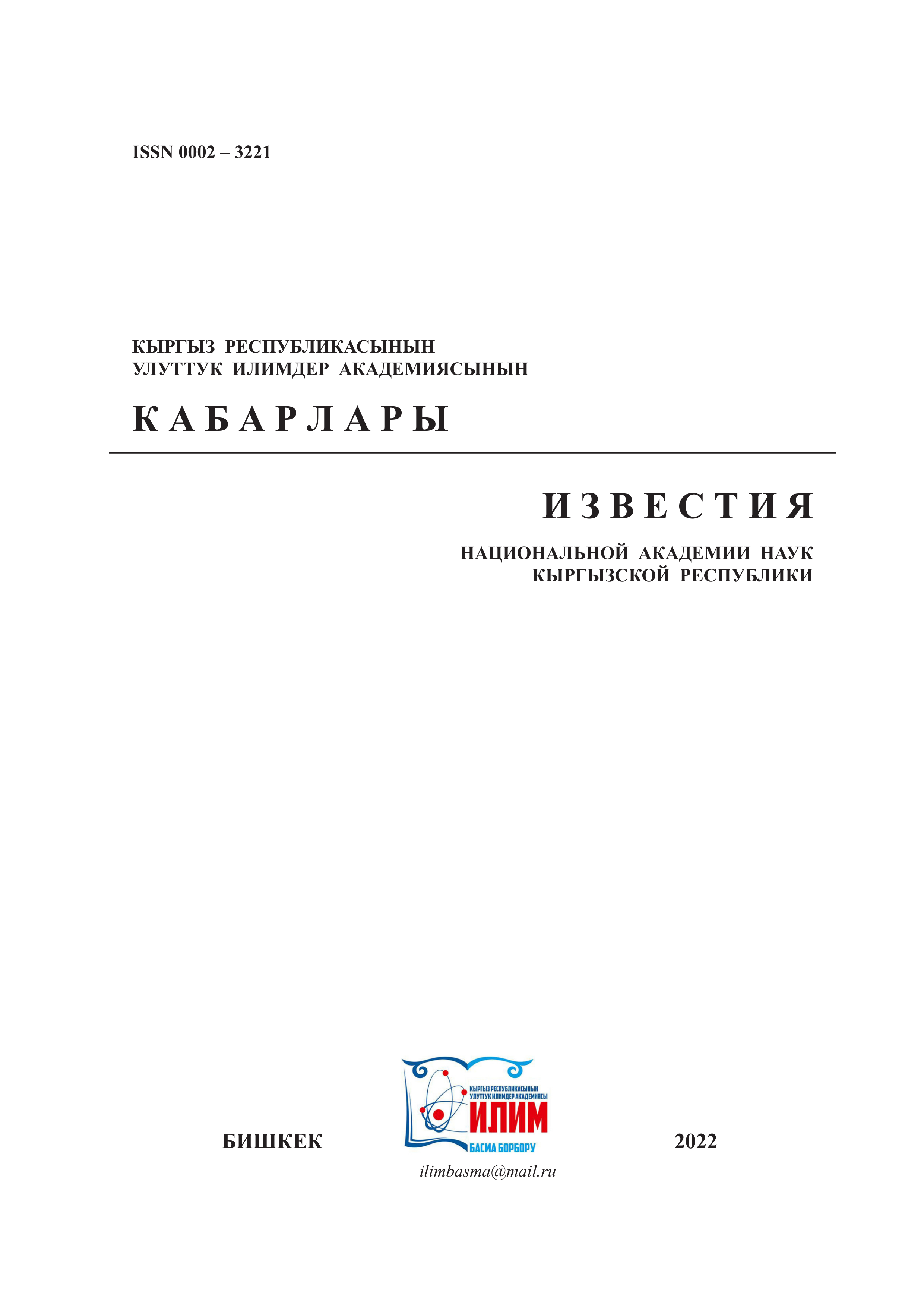JUSTIFICATION OF THE USE OF HYPO-HYPEROXIC TRAINING IN THE TREATMENT AND PREVENTION OF COMPLICATIONS OF COVID-19 CORONAVIRUS INFECTION
Keywords:
coronavirus 2 (SARSCoV-2), normobaric interval Hypo-hyperoxic training, adaptation, hyperoxia, hypoxicatorAbstract
COVID-19 and its causative agent primarily affects the lung tissues and disrupts gas exchange, which leads to acute respiratory distress syndrome, systemic hypoxia and lung damage. It is known that the COVID-19 virus needs certain conditions from the cell membranes to penetrate into the lung or intestinal cells: the presence of structures that allow the virus to «catch on» to the cell (ACE2 receptor), the TMPRSS2 protein structure. The TMPRSS2 enzyme activates Coronaviruses such as SARS-CoV and SARS-CoV-2 and, therefore, inhibitors of this enzyme can block the virus. The virus uses APF2 as a receptor for entering the cell, and TMPRSS2 is necessary for the activation of the viral S-protein. Without these structures, the penetration of the COVID-19 virus into the cell is impossible. It was found that activation of the HIF-1 α-signaling pathway under conditions of moderate hypoxia will reduce ACE2
and TMPRSS2 and increase ADAM17 levels on the surface of alveolocytes and, consequently, reduce the
invasiveness of SARS-CoV-2.
References
Серебровская З.О., Чонг Э.Ю., Серебровская Т.В., Тумановская Л.В., Лэй Си. Гипоксия, HIF-1α и COVID-19: от патогенных факторов к потенциальным терапевтическим мишеням // Acta Pharmacologica Sinica. –М, 2020. – С. 1–8.
Цюй Е., Ван Б., Мао Дж., Патогенез и лечение «Цитокин шторм» в COVID-19 // J.Infect., 2020. –v. 80.P. 607–613.
Semenza G.L. Perspectives on oxygen sensing // Cell, 1999. – v.98. – P. 281–284.
Semenza G.L. Signal transduction to hypoxia-inducible factor // J. Biochem. Pharmacol., 2002. – v.64. P.993–998.
Hoffmann M., Kleine-Weber H., Schroeder S. et al. SARS-CoV-2 Cell Entry Depends on ACE2 and TMPRSS2 and Is Blocked by a Clinically Proven Protease Inhibitor // Cell, 2020. – v.181 (2). – P. 271.
Хосе Р.Дж, Мануэль А. Цитокиновый штормCOVID-19: взаимодействие между f lамация и коагуляция //Ланцет. Респир. Мед., 2020; – т.8.– е46–e47.
ЦыгановаТ.Н. Экскурс в развитии науки о гипоксии //Физиотерапевт, 2015. – No5. – С. 76–84.
Колчинская А.З., Цыганова Т.Н., Остапенко Л.А. Интервальная гипоксическая тренировка в медицине и спорте. М.: Медицина, 2003. – 407 с.
Царегородцев А.Д., Сухоруков В.С. Митохондриальная медицина – проблемы и задачи //Российский вестник перинатологии и педиатрии, 2012. – т. 4(2). – С.4–12.
Цыганова Т.Н., Прокопов А.Ф. Использование метода гипо-гиперокситерапии в практике митохон-
дриальной медицины (обзорная статья)// Физиотерапевт, 2016. – No3. – С. 15–22.
Цыганова Т.Н. Автоматизированный анализ эффективности и механизмы действия нормобарической интервальной гипоксической тренировки в восстановительной коррекции функциональных резервов организма. Дисс...д.м.н., М.: 2004. – 289 с.
Common antioxidant enzyme may provide potential treatment for COVID-19 by University of Colifornia, Los Angeles. Advanced materials, 09.2020.
Yu J., Yu J., Mani R.S., Cao Q. et al. An integrated network of androgen receptor, polycomb, and TMPRSS2- ERG gene fusions in prostate cancer progression. Cancer Cell. 2010; 17 (5): 443–449.
Колчинская А.З. Интервальная гипоксическая тренировка-эффективность, механизмы действия. Киев, 1992. – 159 с.
Борукаева И.Х., Цыганова Т.Н. Комбинированное применение гипокситерапии и оксигенотерапии в санаторно-курортном лечении бронхиальной астмы// Вопросы курортологии, физиотерапии и лечебной физической культуры, 2012. – No 4. – С. 10–14.
Сазонтова Т.Г., Анчишкина Н.А., Жукова А.Г. и др. Роль активных форм кислород и редокссигна-
лизации в защитных эффектах адаптации к изменению уровня кислорода //Фiзiологiчний журнал, 2008. т.54. – No 2. – С. 12–29.
Arkhipenko Y., Vdovina I., Kostina N., SazontovaТ., Glazachev O. Adaptation to interval hypoxia-hyperoxia
improves exercise tolerance in professional athletes: experimental substantiation and applied approbation // European
Scientific Journal., 2014. – v.10. – P. 135–154.
Цыганова Т.Н. Нормобарическая интервальная гипо-гипероксическая тренировка – обоснование
создания нового поколения гипоксикатора – гипоокси-1(обзорная статья) // Russian Journal of Rehabilitation
Medicine, 2019. – No1. – С.47–66.
Временные методические рекомендации – профилактика, диагностика и лечение новой короновирусной инфекции (COVID-19) Версия 9 (26.10.2010) Министерства здравоохранения РФ.
Цыганова Т.Н., Бобровницкий И.П. «Аппарат для гипо-, гиперокситерапии». Патент No 2301686, 2007.

